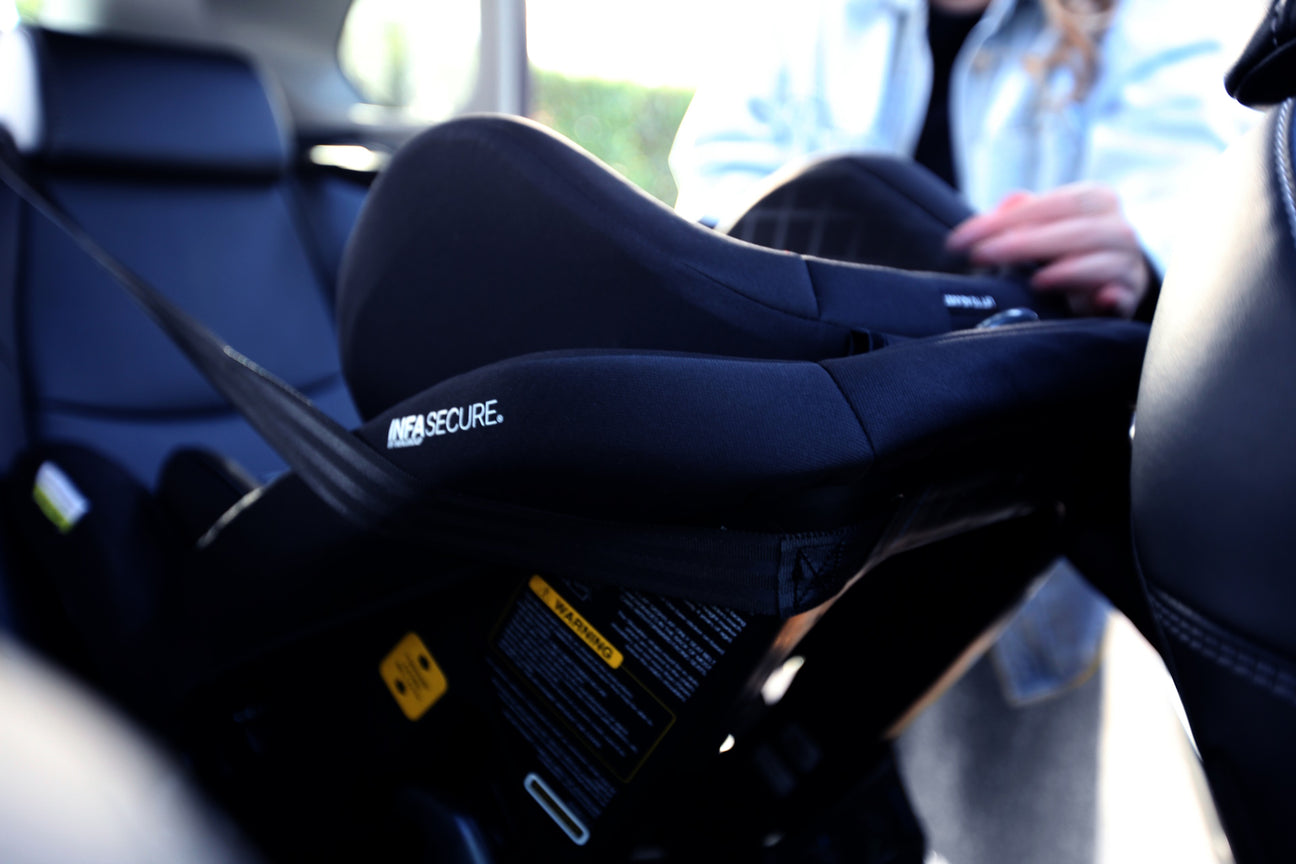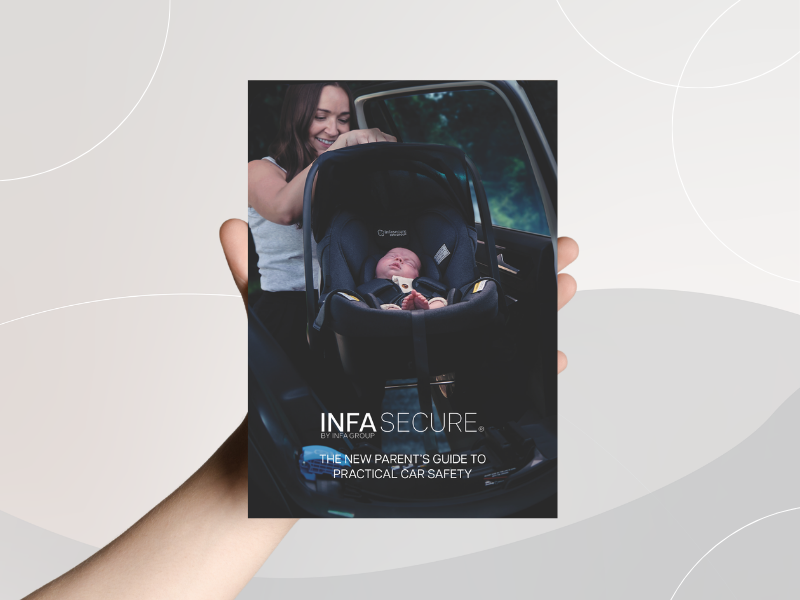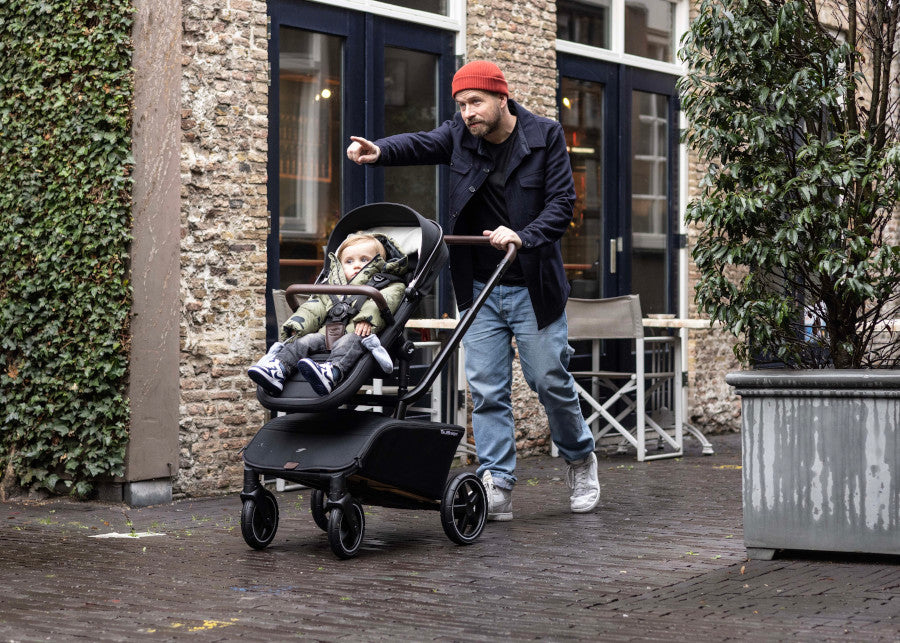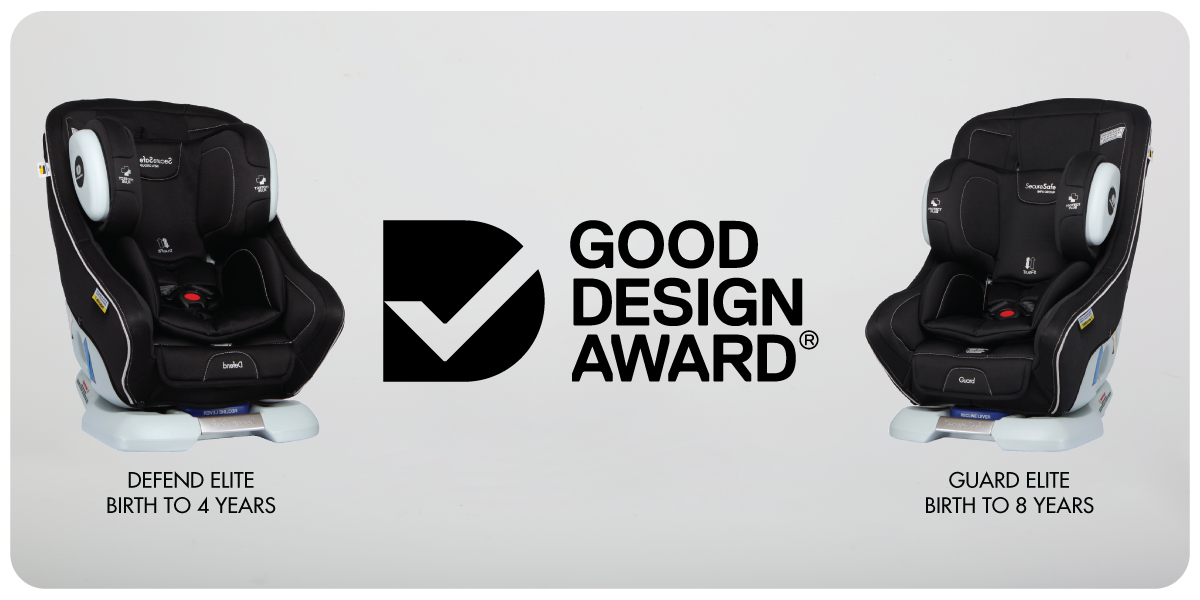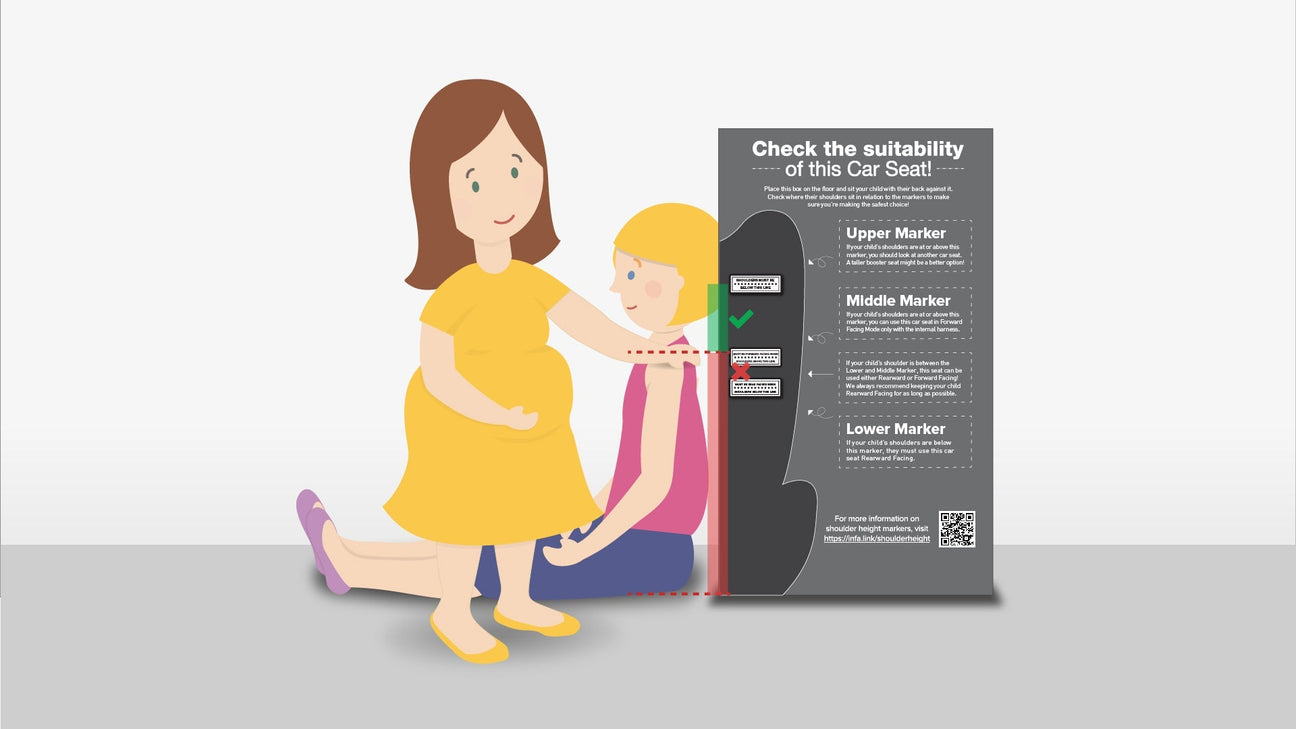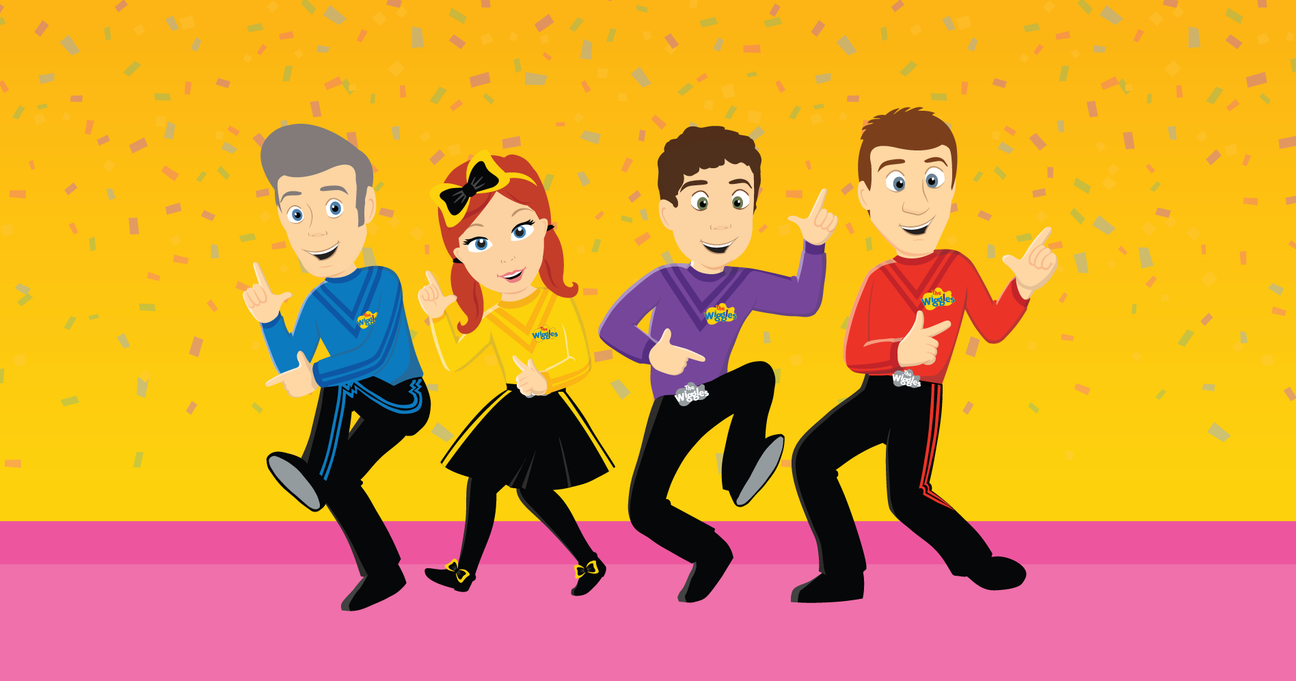A few years ago, the only real option for older, larger children travelling in cars were booster seats. Since the 2013 Australian Standard revision, we've introduced a new type of car seat, called a Type G car seat. They enable children to continue to use an in-built 6 point harness to the size of a large 8 year old.
When you're looking at buying a car seat or booster seat for older, larger children, it's important to know the differences between the two types available.
Booster Seats
Booster seats are designed to provide side impact protection, but their primary function to correctly position the vehicle seat belt to safely restrain the child. It is the vehicle seat belt that is the actual restraining device.

Oscar, aged 9, in a Vario ll Booster Seat.
Car Seats
The term 'car seat' typically refers to a child restraint that is used with an in-built, 6 point harness. They are designed to be the primary restraining device, and feature shoulder, waist and crotch straps to secure the child inside the restraint.
The Benefits of 6 Point Harnesses
A 6 point harness offers better protection than a booster seat in a number of ways.
A correctly fitted 6 point harness will result in far less forward excursion, which is how far forward the head, shoulders and chest move in a crash. It also prevents torso rotation (which is seen in booster seats, which use the sash belt as the primary torso restraint). Reduced forward head movement can also help prevent the child’s head contacting loose items during a crash.
Reducing excursion also ensures the head and torso are in a good position for side impact protection, too. A lot of accidents happen at offset angles, so the less the child is thrown forward, the less chance of impacting the door or window.
The more secure a child is inside their restraint, the more likely a better outcome in the event of a crash.
One of the less obvious benefits is increased energy attenuation (which is the transfer or dissipation of the energy generated in a crash, away from the child). In a booster seat, the child and the booster seat are essentially independent of one another. In a crash, the vehicle seatbelt does the vast majority of the energy attenuation.
There is also generally less webbing in contact with the child in a booster seat. This concentrates the energy over a smaller area. If you’ve ever been in even a minor accident as an adult, you’re probably aware of what a seatbelt injury looks and feels like.

Olivia, in an Accomplish with 6 point harness.
In a 6 point harness, the child is ‘attached’ to the restraint. The restraint’s top tether strap, the vehicle seatbelt, the child restraint shell and the child restraint harness all attenuate energy. There is a larger webbing contact area with the child also, spreading that (now significantly) reduced force over a greater area.
There’s also virtually no chance of submarining (where a child slides down and out of the restraint) in a harnessed child restraint, whereas submarining can be a problem with booster seats if children are incorrectly fitted.
While booster seats absolutely offer better protection to children than a standard vehicle seatbelt alone, a harnessed car seat provides a much higher level of protection in a crash.
If you're interested in car seats that will harness your children for longer, check out our Accomplish, which was Australia's first Type G car seat. Another option is our Australian Good Design finalist, Grandeur. It's the first and only extended rearward facing, extended harness use car seat in Australia. Both harness to the size of a large 8 year old, and are available Australia-wide.








